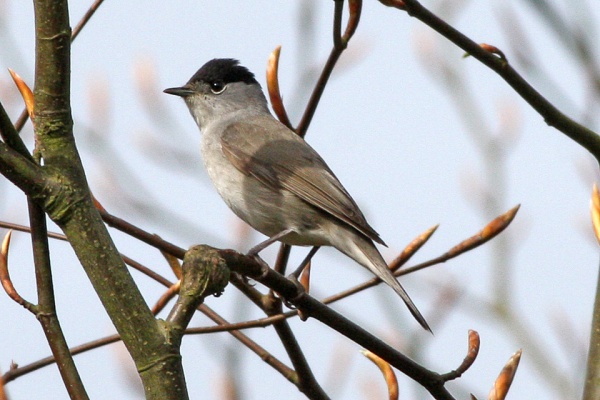Facts About Eurasian blackcap
The Eurasian blackcap, often simply called the blackcap, is a charming and widespread warbler found across Europe, western Asia, and northwestern Africa. With its olive-grey upperparts and pale grey underparts, the blackcap is easily recognizable by the distinct cap on its head. Males are known for their rich, warbling songs. The blackcap is closely related to the garden warbler.
Blackcaps prefer to breed in deciduous woodlands, where they build cup-shaped nests low in brambles or scrub. They are partial migrants; birds from colder regions migrate to Europe, the Mediterranean, and Africa for the winter. During the breeding season, blackcaps primarily feed on insects, but they switch to a fruit-based diet for the remainder of the year.
Belonging to the genus Sylvia within the Sylviidae family, the blackcap diverged early from the rest of its genus and has several subspecies with minor differences. Fossils indicate that blackcaps have existed in Europe for millions of years. The species was first described by Carl Linnaeus in 1758.
Blackcaps are found from Europe to Africa and favor mature deciduous woodlands. Males are quite territorial during the breeding season, vigorously defending their patches. Their breeding behavior includes building nests, incubating eggs, and feeding chicks. As mentioned earlier, their diet consists of insects during the breeding season, shifting to fruit later in the year.
These birds face threats from predators such as sparrowhawks, falcons, jays, magpies, and domestic cats. They can also be parasitized by the common cuckoo and host to blood parasites as well as external parasites like lice and mites.
Despite being hunted in some Mediterranean countries, the blackcap population is thriving, with numbers estimated between 80 to 196 million individuals. The population is stable largely due to an expanding range across Europe. The International Union for Conservation of Nature classifies the blackcap as a species of "least concern."

 Serbia
Serbia